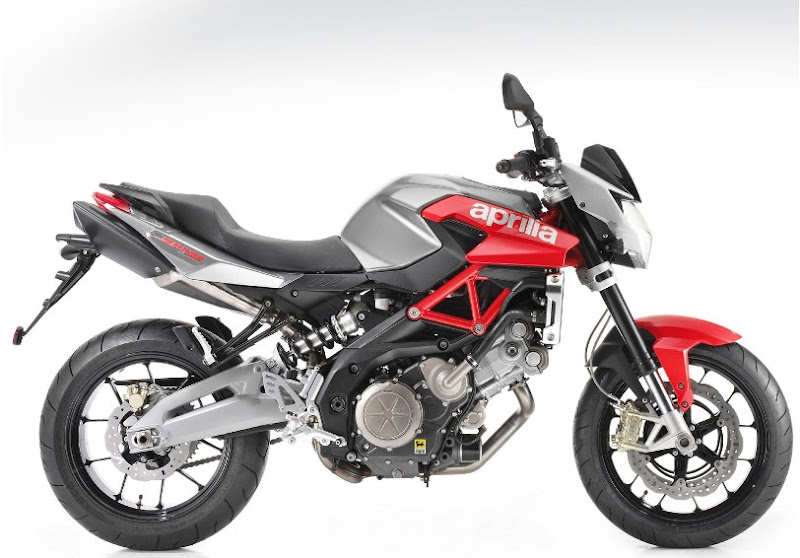GT3 BMW Z4, which is officially launched and completed the first test drive in early March, already enjoying great popularity among customers of BMW Motorsport. The first cars delivered to private teams, BMW will prepare them for use in national and international championships.
“Information about the BMW Z4 GT3 very positive,” said BMW Motorsport Director Mario Theissen. ‘Round these sports cars in the range of our products, and provides drivers and teams a chance to compete at the championships in accordance with the GT3 regulations – such as the FIA GT3 European Championship, the International GT Open or Masters ADAC GT – and 24-hour endurance “Next., The GT2 BMW M3, BMW 320si WTCC, which is consistent with the rules Super2000, GT4 and close to the production of the BMW M3 are available for teams of clients around the world by BMW Motorsport distributions.

BMW Z4 production model is impressive: with a long hood, wheel arches are lit, the long wheelbase and narrow projection, this car offers a unique look. BMW Motorsport engineers two passengers provide a good basis to develop close to GT3 racing car production.
The biggest difference between production and racing cars is under the hood while the production version of the BMW Z4 is powered by a six-cylinder engine, GT3 car is powered by a 4.0 liter eight-cylinder engine similar to units used in the BMW M3 GT2. This strong liver produces more than 480 HP. Its excellent performance and good torque curve and the basic machinery for the production version of the BMW M3 is destined to be used in motorsport.
Installing a V8 engine has a large influence on the development of the BMW Z4 GT3. Initially, the design review area is done by CATIA V5 design to place the machine in an ideal position and meet the specifications of race. The engineers then add all other components.
When it comes to electronics, private teams can expect BMW’s innovative solutions, which have been tried and tested in the GT2 BMW M3: ECU408 support the management of modern machines, while ‘electronic control units responsible for Power400 control all the actuators. Power is transmitted via a six-speed sequential gearbox with Quick Shift “function.
Wheels with central locking and security clips are also included in the shipment. In addition, the BMW Z4 GT3 also offers driver assistance systems, such as ABS and traction control expenditure, adopted by another car in the race for the range of customers, and then developed and modified for use in a GT3 car.
Front axle GT3 BMW Z4 with a new design, based on a series of concepts. It is equipped with a tubular stabilizer bar with the bar adjusted. Rear axle is designed as a longitudinal axis of the connection, such as the standard version of the BMW Z4. Steel body car from the BMW factory in Regensburg. Tues security very rigid, precision steel tubes and then welded into the body. V8 engine blocks produced in the BMW foundry in Landshut. BMW plant in Dingolfing help the rear wheel differential and driveshaft, among others.
During its development, the BMW Motorsport engineers work hand in hand in other fields with their counterparts in the production. This allows them access to the calculation of the field of computational fluid dynamics (CFD) in the aerodynamic design of cars. In addition, tests are also conducted in wind tunnels and on test benches BMW Group.
Front and rear wings, hood, roof, fenders and other components made of carbon fiber reinforced plastic (CFRP). The use of lightweight material, resistant to play a lot of weight GT3 BMW Z4 until the 1200 kilograms.
Like all the cars on track racing BMW customers, emphasis is also placed on profitability during the development of the BMW Z4 GT3. As a result, the car offers an excellent cost / quality ratio and gives the team a chance to participate personally in the affordable sports car at the highest level.
The BMW Z4 is available as a GT3 race car at a cost of 298,000 Euros (plus VAT).







 Unique Motorcycle Design 3
Unique Motorcycle Design 3



























